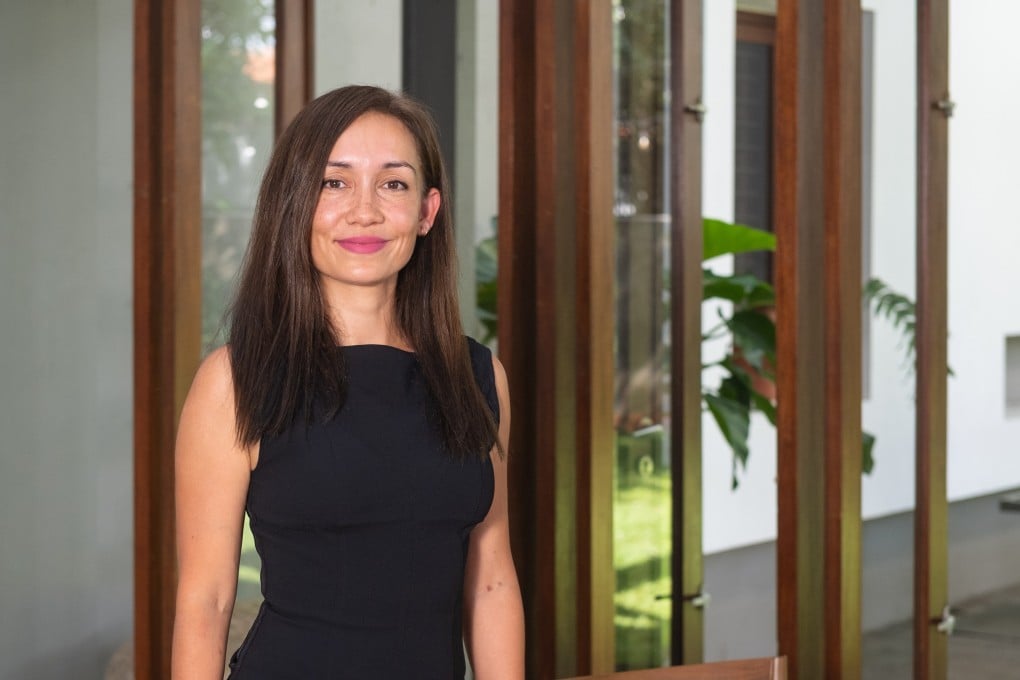I started a sustainable furniture brand in Hong Kong. Here’s what I’ve learned
In 2014, interior architect Caroline Olah founded her furniture brand with a commitment to responsible design. She recounts what happened when she saw the wood – not just the trees

Sustainability. I confess, as a furniture brand owner committed to its principles, I dislike the term. It’s a tangled, buzzword-laden concept that is, frankly, confusing. Absolute sustainability is impossible for any business because even eco-friendly products require transport.
Our transparent practices ensure our furniture’s compliance for use in buildings with high-rated standards such as WELL and Green Star. And we are 80 per cent of the way towards obtaining FSC (Forest Stewardship Council) certification for reclaimed-wood production, with full recognition expected this year.

My entrepreneurial roots can be traced to my days as an interior architect in New York, when I felt frustrated specifying furniture for projects. Designer commercial furniture was impressive but lacked soul – mass-produced, it offered little versatility or opportunity for personalisation. The organic quality of handcrafted pieces was lost in the machinery of mass production.
Looking back, my naivety was a blessing. I undertook the formidable task of creating a commercially viable line of design-led, handmade-to-order customisable furniture primarily from reclaimed and recycled materials.
It struck me as absurd that waste was not prioritised as a primary resource
I was also trying to have a family. In 2013, I moved from New York to Kuala Lumpur, with my husband, Andrew, for his job at Google. With a baby on the way, and some down time, it was the perfect time to explore my ideas. I wrote a business plan, designed a collection and began to look for a manufacturer.